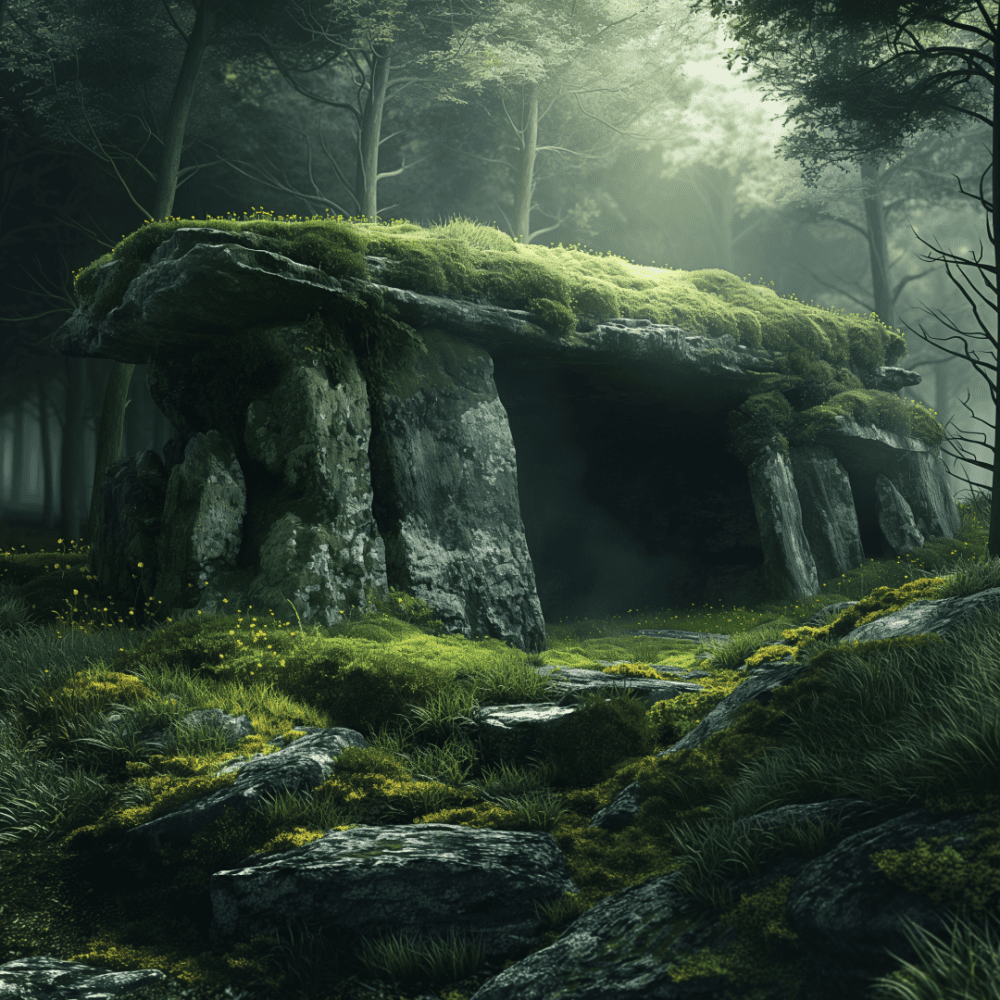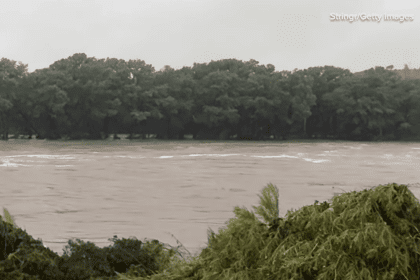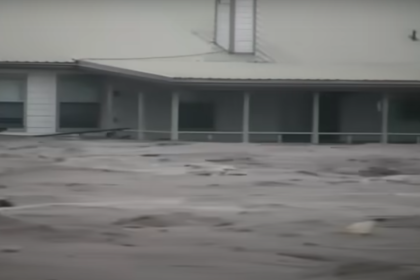
A remarkable archaeological discovery
In a groundbreaking find for European archaeology, researchers in Germany have unearthed an exceptionally preserved wooden burial chamber dating back to the Early Iron Age. This discovery, located in Riedlingen along the southern Danube plain, offers an unprecedented glimpse into the burial practices and architectural capabilities of the Celtic civilization. The site’s remarkable preservation provides historians and archaeologists with a unique opportunity to better understand the cultural and societal aspects of this ancient community.
The site’s structural marvel
The burial mound itself stands out for its impressive dimensions and significance within Celtic society. Measuring a massive 213 feet in diameter and originally rising approximately 20 feet high, the mound highlights the level of effort and resources dedicated to honoring the deceased. Beneath the surface, the burial chamber lay concealed just 27 inches underground, where the unique soil composition created an environment conducive to preservation.
This combination of scale and preservation suggests that the burial mound was reserved for individuals of elite status, offering an indication of the societal hierarchy that characterized Celtic culture during this period.
Architectural details
Chamber construction
The burial chamber is a testament to Celtic ingenuity and resourcefulness. Constructed entirely from solid oak, the chamber’s planks were carefully oriented from north to south, ensuring structural integrity. Its walls were designed with intersecting beams, while the corners were reinforced with robust wooden posts. Additionally, an innovative double-layered ceiling design protected the interior from external forces, showcasing the meticulous planning that went into its construction.
Dimensions and design
The chamber’s dimensions also reflect careful engineering. Measuring 11 feet in width and 13 feet in length, the chamber offered a spacious yet secure environment for the burial. The walls stood approximately 3 feet high, and the ceiling’s layered beams added both durability and aesthetic value. These architectural choices demonstrate the Celts’ ability to combine functionality with ceremonial importance.
Historical significance
Dating and context
Archaeologists have dated the burial chamber’s construction to approximately 585 B.C., placing it within the Early Iron Age. The site appears to have been in use between 620 and 450 B.C., coinciding with a period of significant Celtic expansion across Europe. This timeline aligns with broader cultural and technological developments, providing a valuable context for understanding the role of elite burials within Celtic society.
Cultural implications
The discovery offers critical insights into the societal structure and traditions of the Celtic people. The elaborate burial practices evident at the site underscore the importance of honoring individuals of high status, while the craftsmanship reflects their architectural skills and resourcefulness. Furthermore, the effort invested in constructing such a monument speaks to the cultural value placed on memory, respect, and legacy.
Archaeological evidence
Human remains
The burial chamber contained evidence of multiple individuals, shedding light on demographic and societal aspects of Celtic life. The primary occupant, estimated to have been a teenager aged 15 to 20, was interred with great care. A secondary burial, believed to belong to a male aged 25 to 35, was also discovered, along with cremated remains stored in pottery vessels. These varying practices suggest a nuanced approach to burial customs and rites.
Artifacts and grave goods
Although the site had been partially looted in antiquity, archaeologists uncovered several notable artifacts. Items such as bronze decorative nails, garment clasps, a crystal amulet, and fragments of pottery were retrieved. These objects provide clues about the personal belongings of the deceased, as well as the broader material culture of the Celtic people during this period.
Preservation factors
Environmental conditions
The survival of the burial chamber owes much to the unique environmental conditions of the site. Damp soil helped prevent the decay of organic materials, while limited oxygen exposure created a stable environment for preservation. The combination of stable temperatures and minimal disturbance further contributed to the site’s remarkable state.
Conservation challenges
Preserving the chamber and its contents presents ongoing challenges for archaeologists and conservationists. Current efforts focus on stabilizing the wooden structure, controlling the environment to prevent further decay, and documenting every detail of the site. Long-term strategies aim to ensure the burial chamber remains accessible for future study and public education.
Research implications
Archaeological significance
This discovery has far-reaching implications for our understanding of Iron Age Europe. The construction techniques, burial practices, and material culture evident at the site contribute to a more comprehensive picture of Celtic life and society. Researchers also hope to draw connections between this site and other contemporary burial mounds across Europe, deepening our knowledge of regional variations and interactions.
Future research
Ongoing investigations will focus on refining the dating of the site, analyzing materials used in construction, and exploring the broader cultural context. By comparing the Riedlingen chamber to similar discoveries, archaeologists aim to uncover patterns and trends that define the Celtic experience during the Early Iron Age.
Conservation plans
Preservation strategy
Plans for preserving the burial chamber include salvaging and stabilizing the wooden components, restoring any fragile materials, and preparing the site for eventual museum display. Conservationists are also working on creating detailed digital records of the site to ensure its legacy is preserved even if physical preservation proves challenging.
Public engagement
Efforts to share the discovery with the public are already underway. Educational materials, museum exhibitions, and digital presentations will allow a global audience to appreciate the significance of this find. Researchers also plan to publish their findings widely, ensuring that the knowledge gained from this remarkable discovery is accessible to scholars and enthusiasts alike.
Conclusion
The Riedlingen burial chamber stands as a remarkable testament to the ingenuity, traditions, and societal complexity of the Celtic people. As archaeologists and conservationists continue their work, this discovery promises to provide even greater insights into one of Europe’s most fascinating ancient cultures.















